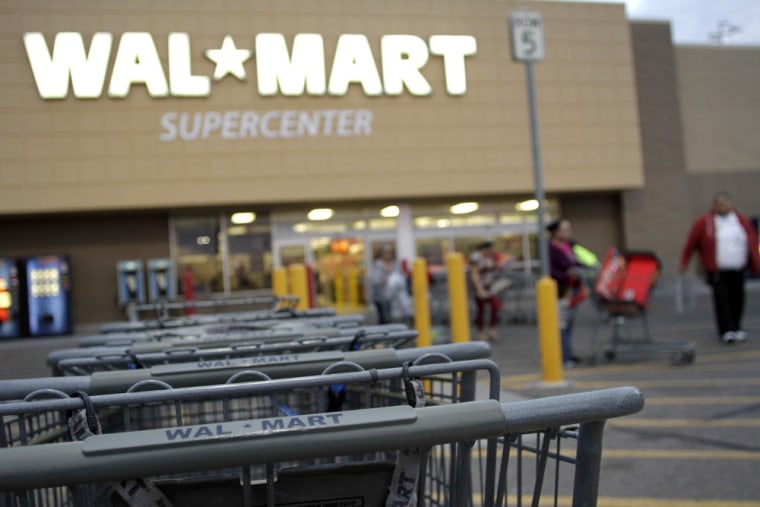It's all about confidence, and there's not much of that to go around lately.
Americans spent less and saved more in June, according to data released on Tuesday from the Commerce Department, amid dwindling confidence about the economy's ability to generate work.
U.S. consumer spending slipped 0.2 percent in June, after edging up 0.1 percent in May. It was the first decline since September 2009. Economists polled by Reuters had expected spending, which accounts for about 70 percent of U.S. economic activity, to rise 0.2 percent.
"It certainly gets us off on a very soft footing for the third quarter and does call into question a bit the notion of a second half pick-up," said Julia Coronado, North America chief economist at BNP Paribas in New York. "We are not seeing it yet going into the third quarter."
The biggest worry for consumers: employment. The unemployment rate is at 9.2 percent, and about 25 million Americans are either without work or without full-time employment.
The latest employment data, due Friday, is expected to show that fewer than 100,000 new jobs were created in July. That’s less than what is needed just to keep up with the regular expansion of the work force.
The debt deal hashed out in Washington and signed by President Barack Obama Tuesday is not likely to help matters. In exchange for $917 billion in spending cuts over 10 years, the debt ceiling would be lifted by $900 billion, according to the plan.
Cuts in government spending are likely to be a drag on the U.S. economy, some economists have argued, even though many of the cuts won't happen for years.
U.S. Treasury Secretary Timothy Geithner told ABC News in an interview Tuesday that although he thought the risk of the economy tumbling back into recession was minimal, the rancorous debate over the budget in Washington and the threat of a U.S. default had undermined confidence.
"I don't think that that risk right now is very significant," he said of a double-dip recession, in the interview which was recorded Monday afternoon.
The consumer spending data was the latest in string showing the U.S. economic recovery stumbling. GDP grew at an anemic 1.3 percent annual rate in the second quarter after edging up at just a 0.4 percent pace in the January to March period. On Monday, a report showed factory activity cooled in June, leading some economists to dial back expectations for growth over the second half of the year.
When adjusted for inflation, spending was flat in June after easing 0.1 percent the prior month. The decline came even as gasoline prices retreated from their peak just above $4 a gallon in early May and suggested the much-anticipated bounce back growth in the third quarter would lack vigor.
Consumer spending barely grew in the second quarter, inching up at an annual rate of only 0.1 percent — the weakest pace since the end of the 2007-09 recession. Spending increased at a 2.1 percent rate in the first quarter.
That contributed to hold the economy to an anemic growth pace of 1.3 percent in the second quarter.
The weak spending in June also reflected tepid income growth after employment growth ground to a near halt in June, with nonfarm payrolls rising only 18,000. Income ticked up 0.1 percent, the smallest increase since November, after rising 0.2 percent in May.
Disposable income ticked up 0.1 percent, also the smallest increase since November. But when adjusted for inflation, disposable income rose 0.3 percent. With real disposable income outpacing spending, savings rose to $620.6 billion from $581.7 billion in May.
With real disposable income outpacing spending, savings rose to $620.6 billion from $581.7 billion in May.
